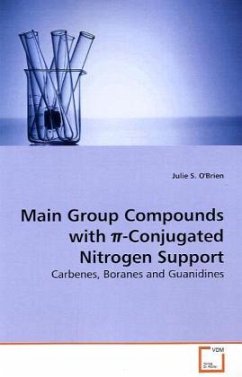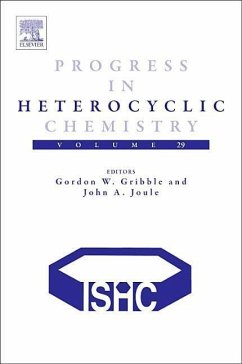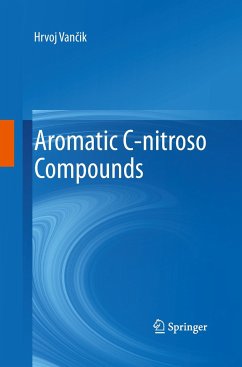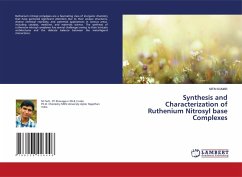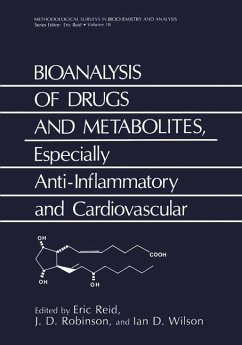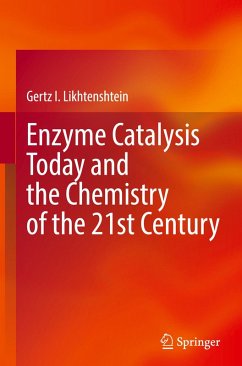
Synthesis and Physical Organic Chemistry of C-Nitroso Compounds
C-Nitroso Ketones as Donors of Nitrosonium
Versandkostenfrei!
Versandfertig in 6-10 Tagen
45,99 €
inkl. MwSt.

PAYBACK Punkte
23 °P sammeln!
Much of our knowledge regarding the biology of nitricoxide (NO), a key biological signaling molecule, hascome from the use of synthetic agents that release NOor a redox-related species. Despite theproliferation of NO-donor complexes, rates of NOrelease and the redox state of the liberated NO fromthese compounds are neither predictable norcontrollable to any practical extent. C-nitrosocompounds comprise a unique class of NO donors fromwhich the rate of NO release and the oxidation stateof the liberated NO can be precisely controlled bythe nature of the substituents geminal to thenitroso-bearing...
Much of our knowledge regarding the biology of nitric
oxide (NO), a key biological signaling molecule, has
come from the use of synthetic agents that release NO
or a redox-related species. Despite the
proliferation of NO-donor complexes, rates of NO
release and the redox state of the liberated NO from
these compounds are neither predictable nor
controllable to any practical extent. C-nitroso
compounds comprise a unique class of NO donors from
which the rate of NO release and the oxidation state
of the liberated NO can be precisely controlled by
the nature of the substituents geminal to the
nitroso-bearing carbon. Furthermore the concentration
of the active NO releasing agent (e.g. the monomeric
nitroso species) is governed by the position of the
dimer-monomer equilibrium, a process that is also
sensitive to substitution. Thus the manifold through
which these compounds release NO is highly dependent
on the electronic character of the substituents about
the nitroso bearing carbon.
oxide (NO), a key biological signaling molecule, has
come from the use of synthetic agents that release NO
or a redox-related species. Despite the
proliferation of NO-donor complexes, rates of NO
release and the redox state of the liberated NO from
these compounds are neither predictable nor
controllable to any practical extent. C-nitroso
compounds comprise a unique class of NO donors from
which the rate of NO release and the oxidation state
of the liberated NO can be precisely controlled by
the nature of the substituents geminal to the
nitroso-bearing carbon. Furthermore the concentration
of the active NO releasing agent (e.g. the monomeric
nitroso species) is governed by the position of the
dimer-monomer equilibrium, a process that is also
sensitive to substitution. Thus the manifold through
which these compounds release NO is highly dependent
on the electronic character of the substituents about
the nitroso bearing carbon.



